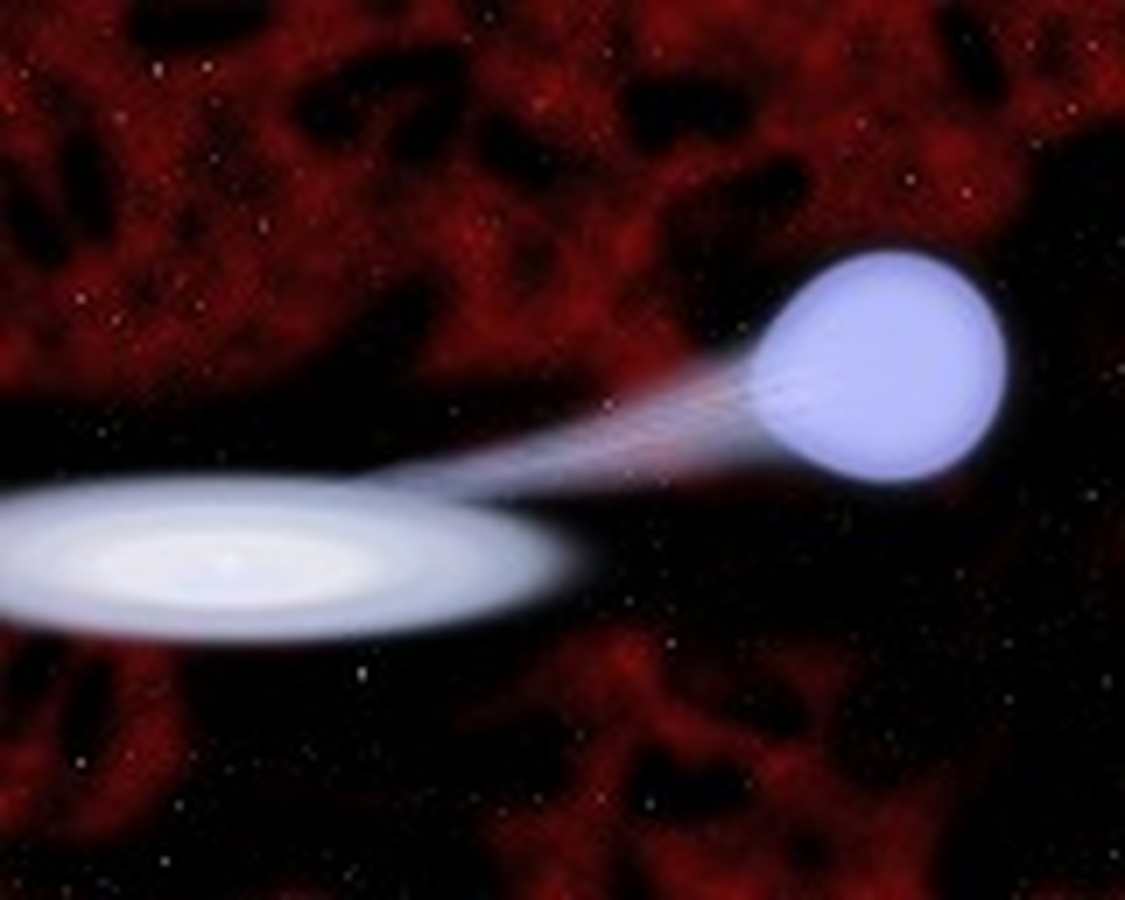Overview
Repeating nuclear transients (RNTs)—from quasi-periodic eruptions (QPEs) recurring on hour-to-day timescales to longer-period repeating tidal disruption event candidates—offer a timing-based window into supermassive black holes (SMBHs) in otherwise quiet galactic centers. I will first present our analytic models that drive post-Hills-breakup stellar orbits into the QPE regime. I will then show, using 3D hydrodynamic simulations (Athena++), that star–disk encounters strip substantial mass; the liberated debris can circularize into streams and re-impact the disk about half an orbit later, producing flares whose cadence and duration match QPE phenomenology more naturally than star–disk collisions alone. In parallel, with MESA and our analytic model, I will examine the coupled evolution of tidal heating, stellar structure, gravitational-wave- and tide-driven orbital decay, and Roche-lobe overflow mass transfer—a pathway that helps explain some partial-disruption candidates and may contribute to a population of low-luminosity active galactic nuclei. Together, these results provide a coherent framework in which different stellar types and orbits around SMBHs of different masses reproduce the observed spectrum of RNTs.
